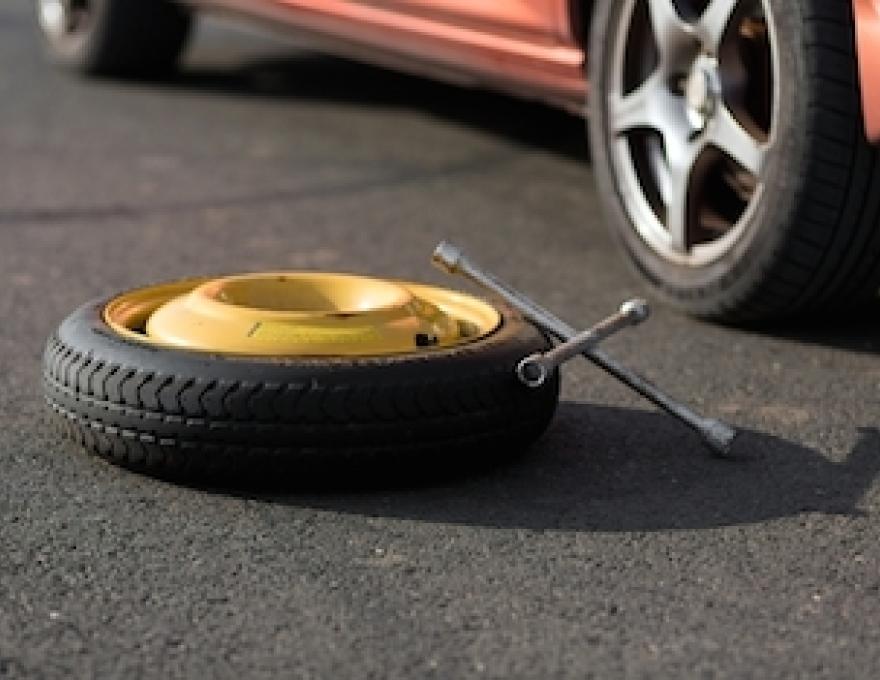by Ruth Ann Monti
Parents of teens who are learning to drive may be surprised to learn about driving myths out there. Regardless of where you live in, you're legally required to supervise your teen driver, according to DMV.org. Take advantage of this time to educate your son or daughter about driving myths.
Myth: Hands-free technology makes it safe to talk on the phone while driving.
The National Safety Council says "hands-free driving is not risk-free." Twenty-six percent of all car crashes involve using a cell phone or hands-free technology.
Strategy: First, thank your teen for recognizing it isn't safe to talk on a smartphone or text while driving. Then explain that even hands-free technology doesn't solve the problem of distracted driving. Conversation is distracting and decreases brain's ability to process moving images. A driver trying to hold a conversation can miss up to 50 percent of the activity around him or her. This is why many people turn off the radio during heavy traffic or when they're lost.
Myth: Spare, temporary, and compact donut tires are safe to drive on.
.jpg)
Not very, according to Popular Mechanics.
Strategy: Tell your teen that even factory-issued spare tires aren't as durable as those on the car. These tires can't handle speeds over 50 mph. That spare must be replaced with a new tire as soon as possible.
Other need-to-know facts about spare tires:
- Most have about half the number of steel belts as road tires.
- Their walls are much thinner.
- They don't have ABS traction or equal braking capability.
- Because they are often smaller, they don't handle turns well.
Myth: A car is the safest place to be during an electric storm.
While a car is safer than hanging around outside during a storm, it's full of potential dangers.
Strategy: Tell your teen that if a storm pops up while he is on the road, he needs to pull off the road and turn off the lights. (This is also an excellent strategy if a dust storm arises.) Instruct him not to touch anything metal while the storm continues—it's metal, not the rubber in the tires—that conducts electricity to the ground.
In fact, there is so much metal inside a car, the best advice is to not touch anything during a storm, Accuweather advises, not even the steering wheel. The safest position is to "[put] one's hands into one's lap." One person was killed by lightening in 2014 while rolling up his car windows during a storm.
Myth: Fill up with premium gas once in a while.
Actually, doing so is unnecessary, according to Edmunds.com.
Strategy: Explain that back in the day, premium gas was the only type of gas that had additives and detergents that reduced carbon build-up. But now, all gasoline has these ingredients. Premium is only necessary in cars that require it. These are luxury cars and if you own one, are you really going to let a new driver behind its wheel?
Myth: If you get pulled over for a DUI and you prove you're not drunk, everything is fine.
Nope. There is a reason this is called driving under the influence and not drunk driving.
Strategy: If the police conclude you are impaired, you can be charged with DUI. Impairment can be caused by prescription drugs or even feeling tired; nine states actually have drowsy driving laws. Remember, a driver is still responsible for any accidents caused by impaired driving and insurance companies care deeply about this.
Simply put, no one should drive if he or she isn't up to it.
Ruth Ann Monti provides copywriting and content development for all things webby. Her interests include content development and SEO topics and small business issues, including technologies that support them.






